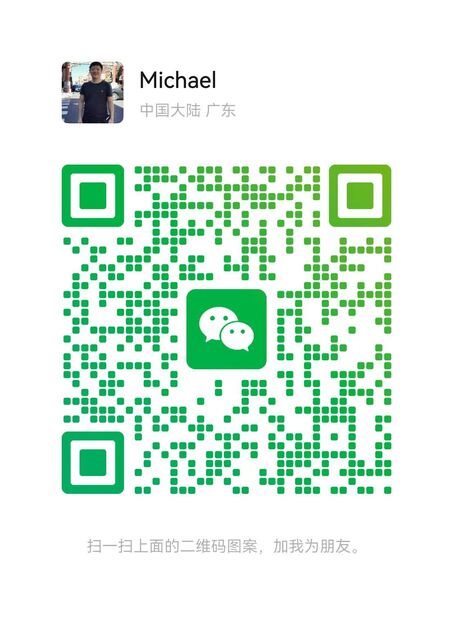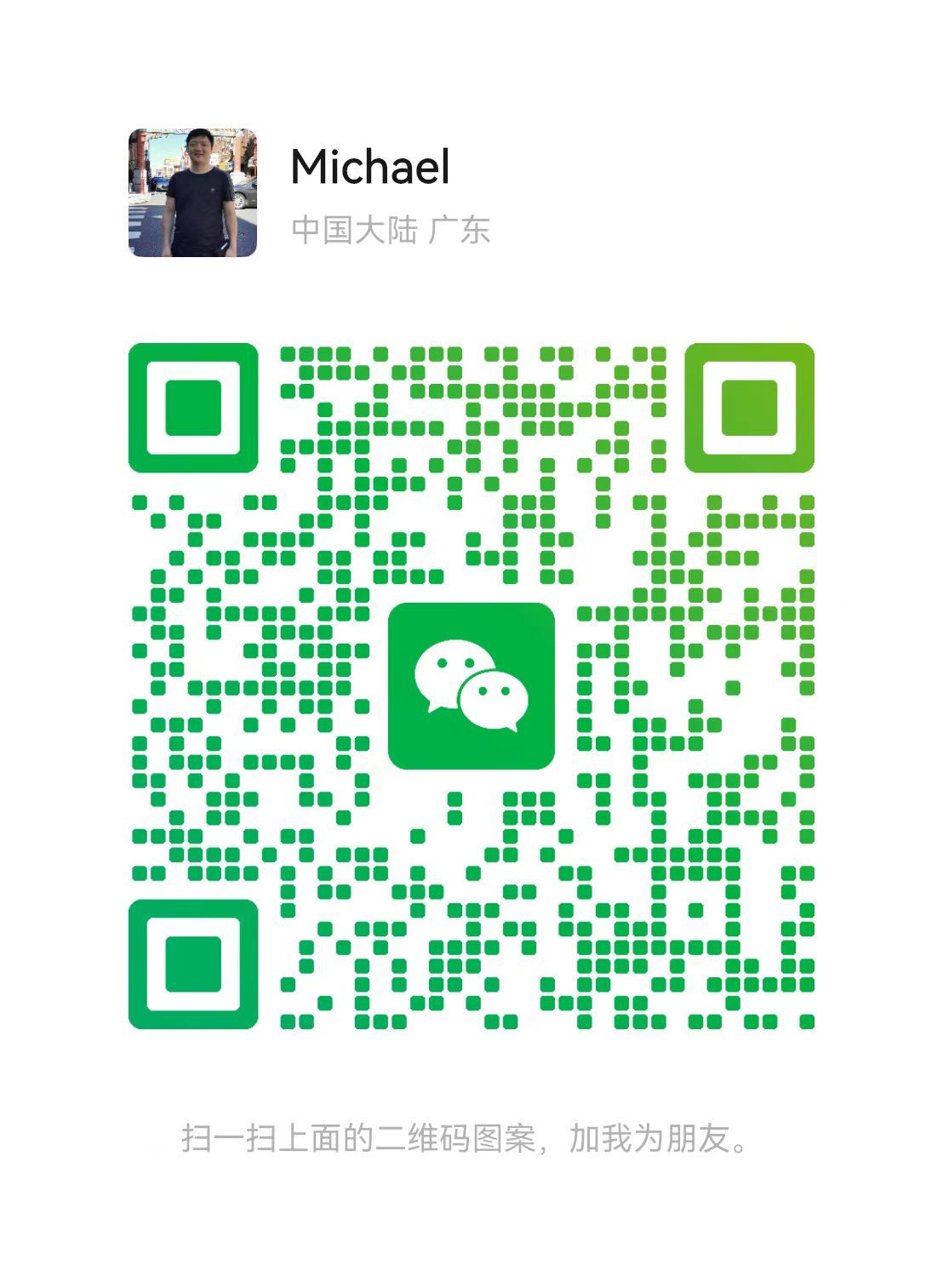After the pre-solution of the waste lithium-ion battery, the composition of the rupture products generally obtained is relatively complex, including the lithium-ion battery shell, cathode material, anode material, copper current collector, aluminum current collector, separator, electrolyte, etc., which should be further separated and solved. The recycling process of valuable metals is important for the metal recycling process of waste lithium-ion batteries, including physical separation, pyrometallurgy and hydrometallurgy. Regarding the usefulness of used lithium-ion batteries, we understand that cobalt, lithium, copper and plastics in spent lithium-ion batteries are precious resources with high recycling value.
1.Physical sorting method
The physical separation method is a sorting method based on the particle size, density, magnetic and other material performance differences of the material, and the important ones include screening, gravity separation, flotation, magnetic separation, etc. Firstly, a vertical shredder, a wind shaker and a vibrating screen are used to classify and solve the waste lithium-ion battery, and after rupture and sorting, the cathode material, anode material, separator, current collector and so on are obtained. Then the cathode material and anode material are solved by 500°C heat, and then the lithium cobalt oxide and graphite are separated by flotation, and the recovery rate of lithium cobalt oxide in this process can reach 97%.
2.Pyrometallurgy
Pyrometallurgical method should pre-solve the waste lithium-ion battery, strip off the battery shell, and then reduce the mixed material to roast, binders and other organic matter escape in the form of gas, most of the lithium oxide with low boiling point escapes in the form of steam, absorbed and recovered with water, and other metals (copper, nickel, cobalt, etc.) are formed into metal alloys, and then deep production is carried out with hydrometallurgical technology, and the fluorine and phosphorus in the electrolyte are solidified in the slag. Umicore International S.A. has a recycling plant with an annual capacity of 7,000 tons of used batteries in Oren, Belgium.
Lithium-ion battery recycling is about to be the next industry to explode! The lithium-ion battery recycling market size may exceed 10 billion, and lithium-ion batteries contain less toxic substances, so it is not very meaningful to discuss his pollution problem. It is important to look at the control of the processing company.

 Your message must be between 20-3,000 characters!
Your message must be between 20-3,000 characters! Please check your E-mail!
Please check your E-mail!  Your message must be between 20-3,000 characters!
Your message must be between 20-3,000 characters! Please check your E-mail!
Please check your E-mail! 

